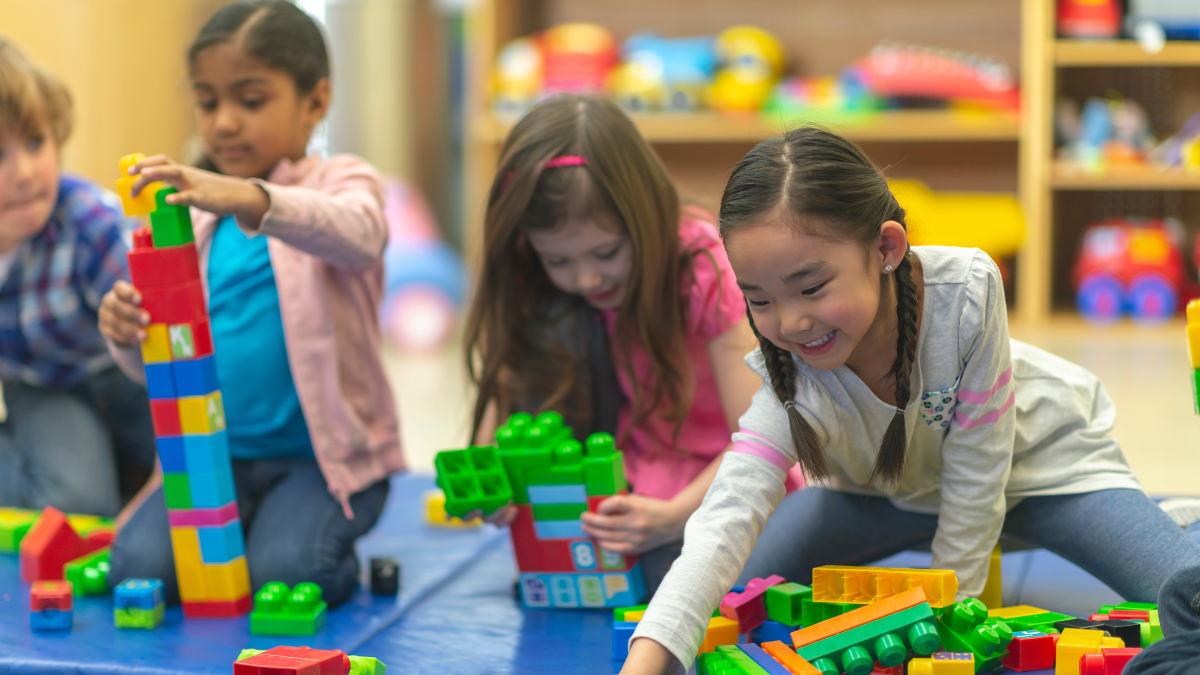Mindful playtime is honestly one of the easiest ways to help kids feel happier and more emotionally balanced. When you bring in stuff like mindful breathing, sensory play, or even simple gratitude games, you help kids slow down and actually enjoy the moment. These little practices help children feel more grounded, joyful, and connected—even in the middle of an ordinary day.
Mixing mindfulness into play lets kids build self-awareness and get a handle on their emotions, but without all the pressure. Whether it’s mindful art or a silly sensory game, these activities just make relaxing and being kind to themselves a little more natural. Happiness doesn’t have to be complicated for kids.
When you pick playtime activities that nurture peace and compassion, you’re giving kids a real shot at emotional growth. It’s a win-win—fun for them, and honestly, it’s good for their mental health and social skills, too.
Core Mindful Playtime Activities for Boosting Kids’ Happiness
Mindful playtime’s all about helping kids focus, chill out, and tune into their senses. These practices keep them present (which isn’t always easy!), and that’s where emotional balance and happiness start to grow. Simple stuff like breathing games, sensory exploration, and playful activities keep them engaged and anchored.
Mindfulness Games to Engage and Focus
Mindfulness games help kids sharpen their attention and build real cognitive skills. Things like memory matching, mindful listening, or even puzzles make kids really look and think before they act. It’s concentration, but in disguise—so mindfulness feels fun, not forced.
Games with storytelling or imaginary play also get kids to notice what they’re feeling or thinking as they go. You can tweak these mindfulness games for any age—maybe add a breathing prompt or a quick reflection moment, whatever fits.
Sure, there are digital apps out there, but honestly, physical and hands-on games still work best for most kids when it comes to mindfulness.
Mindful Breathing and Calming Play
Mindful breathing gives kids a simple way to handle stress and emotions. You might try counting breaths together or just breathing in through the nose and out through the mouth—nothing fancy, but it works for calmness.
Calming play usually means slow, gentle movement or just focusing quietly on something repetitive. Maybe it’s stretching, listening to a soothing story, or playing with textured objects—whatever helps them settle down and feel safe.
Slime is a big hit for this. The squishy, stretchy texture gives kids a way to notice sensations and practice being present. Plus, it’s just fun to play with. You can find ready-to-use, kid-friendly slimes from shops such as Poppy Mello Slimes, with handcrafted varieties in a range of textures like butter, jelly, and cloud. When selecting slime, choose ones with soft, calming scents and gentle add-ins like foam beads or glitter to enhance the sensory experience. Keeping a few different types on hand allows you to match playtime to your child’s energy and emotional state—whether they need to focus, relax, or simply have fun. This hands-on activity is not only entertaining but also supports mindfulness and sensory development.
Sensory Play for Mindful Awareness
Sensory play invites kids to really pay attention to what they touch, smell, hear, and see. It’s a hands-on way for them to get into the moment and notice what’s around them. Maybe they’re running their hands through sand, listening to birds, or just staring at swirling colors.
All these sensory experiences help kids build emotional resilience and self-control. Water, sand, clay, or scented objects—each one gives them a new way to slow down and really get into what they’re feeling.
When you add sensory play to the mix, you give kids a reason to pause, notice little details, and become more aware of how they react. Over time, mindfulness just becomes second nature.
Nurturing Emotional Well-Being and Daily Happiness Through Mindfulness
Mindful play gives kids tools for handling emotions, building good habits, and making family connections stronger. When you actually pay attention during play, self-awareness and resilience start to take root.
Emotional Regulation in Play
With mindful play, kids get a chance to notice and understand their feelings instead of just reacting. Deep breathing games or guided storytelling help them recognize emotions and figure out how to respond calmly.
That’s how they get better at emotional regulation—handling frustration or excitement without melting down. Over time, they pick up patience and empathy, just by being in a safe play space that focuses on presence and awareness.
If you use prompts like “What are you feeling right now?” or “Let’s pause and think,” you can help kids learn self-control and balance while they play.
Incorporating Mindfulness Into Everyday Routines
Bringing mindfulness into daily life means kids get steady emotional support, not just during playtime. Family rituals—mindful eating, sensory walks, or even a minute of focused breathing—keep awareness going all day.
These simple routines build habits that boost happiness and keep stress down. Mindful eating, for example, lets kids really taste and enjoy their food, which keeps them in the moment.
Even quick mindfulness breaks during the day—like pausing to notice your breath—give kids more chances to practice focus and self-regulation, even during boring chores.
Family Mindful Playtime Habits
When families set aside time for mindful play together, everyone feels more connected and emotionally supported. Cooperative games, art projects, or just watching nature together create space for real presence and conversation.
Parents and caregivers lead by example when they join in calmly and pay full attention. Setting a relaxed vibe and cutting out distractions makes it easier for everyone to get involved.
Families that make a habit of mindful play build stronger emotional bonds and resilience, and honestly, it just makes home feel happier for everyone.
Summary
Mindful playtime gives kids a chance to use their senses, emotions, and attention in simple, intentional ways. Activities like mindful breathing, sensory games, or even jotting down things they’re grateful for can help them build emotional awareness and focus. These little practices can spark calm moments and nudge kids toward feeling happier or more compassionate—who doesn’t want that?
It’s surprisingly easy to weave playful mindfulness into daily routines. Maybe it’s a quick stretch, a sound-listening game, or some silly movement breaks that wake up their brains. Imagination and movement work wonders to recharge kids and help them concentrate better, especially when learning feels tough.
Key elements of mindful play include:
- Sensory engagement (like savoring a snack or tuning in to everyday sounds)
- Creative expression (maybe mindful art or shaking up a glitter jar)
- Positive reinforcement (setting small goals and celebrating wins)
- Short, regular exercises that fit right into daily life
These playful ideas help kids find emotional balance by focusing on what’s happening now and appreciating their experiences—big or small. Mindful play isn’t complicated, but it’s a practical, down-to-earth way to boost happiness and support kids’ growth, both mentally and emotionally.

